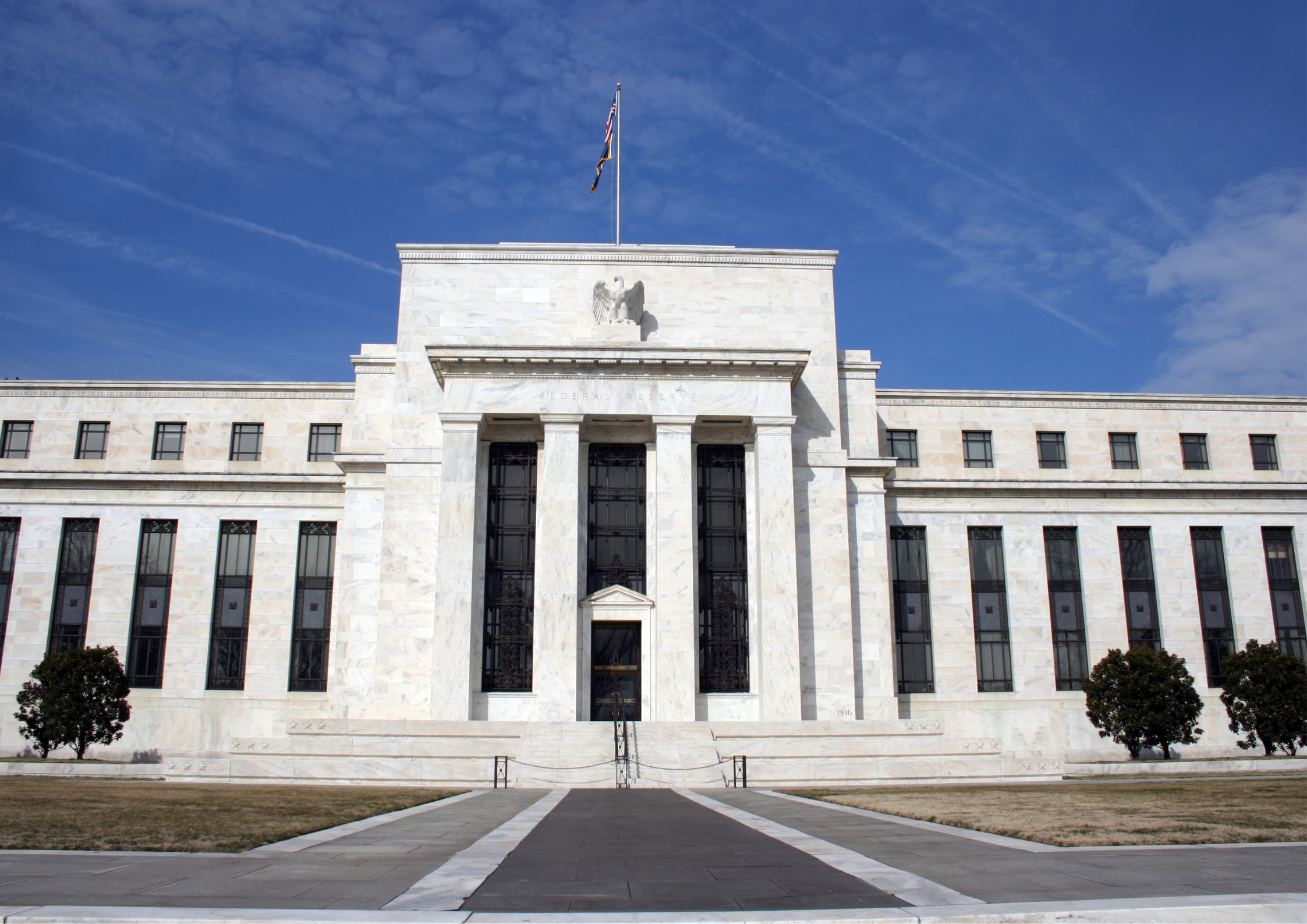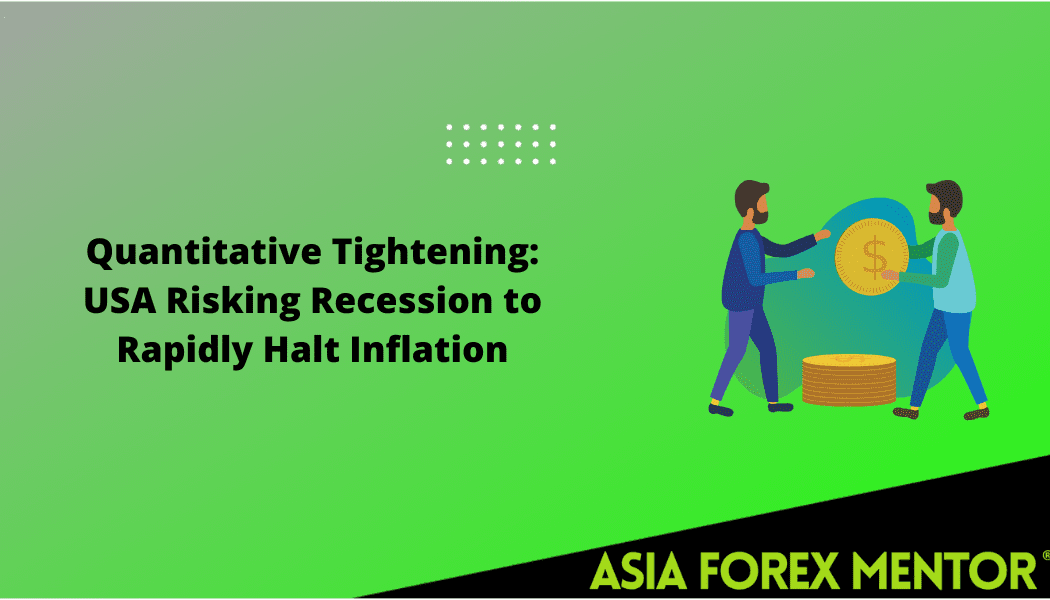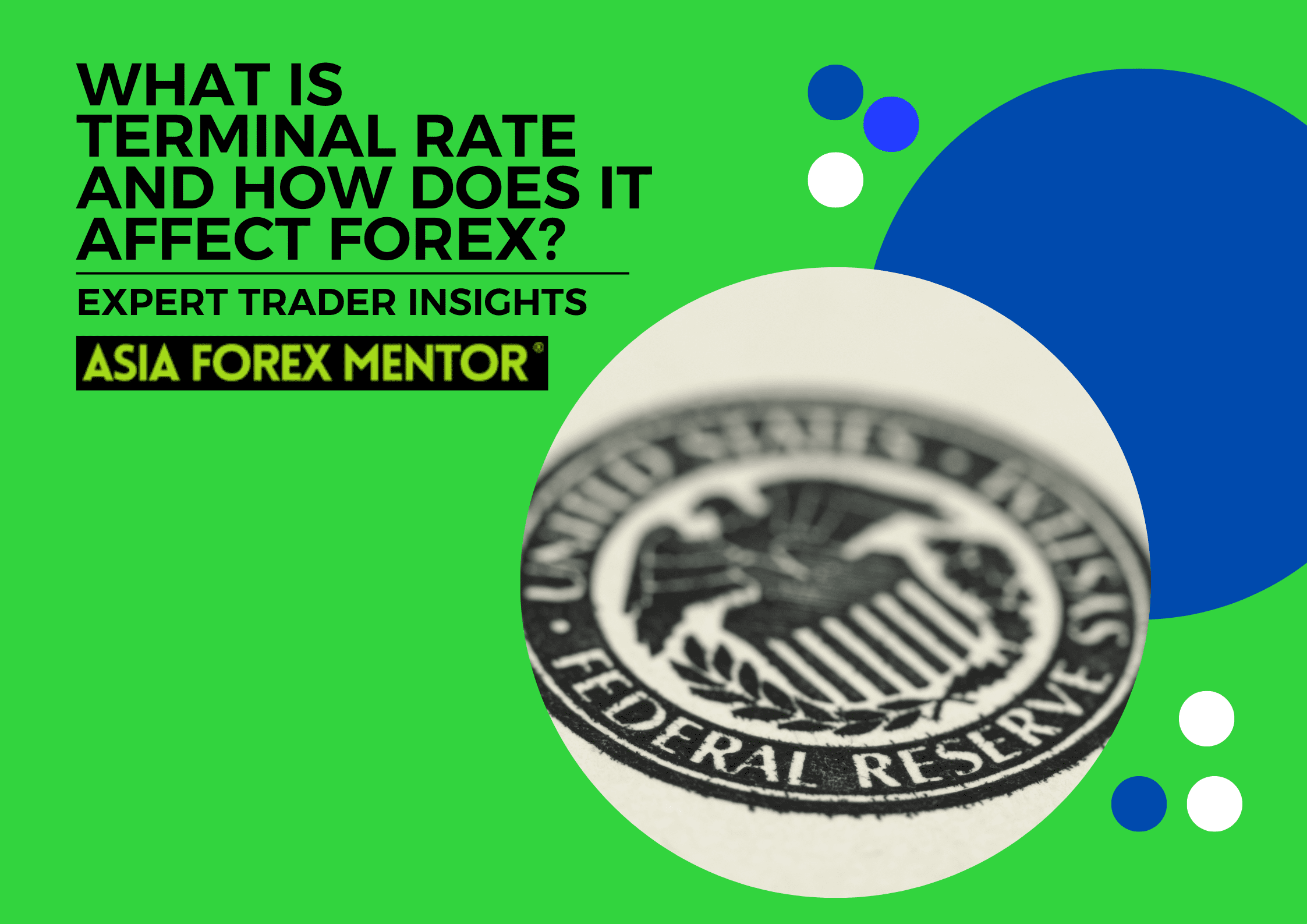
The U.S. Federal Reserve’s losses have crossed the $200 billion mark, as revealed by the central bank’s latest data released on Thursday. As of Wednesday, the Fed’s “earnings remittance” to the Treasury Department stood at a negative $201.2 billion, highlighting the financial challenges of its aggressive monetary tightening cycle over the past two years.
The reported figure represents a paper loss, recorded as a “deferred asset” on the central bank’s balance sheet. This accounting measure allows the Fed to continue its monetary policy operations without impairment, but before it can resume returning excess earnings to the Treasury, it must first address this shortfall.
These mounting losses are a direct consequence of the high-interest rate path the Fed adopted to combat inflation. The central bank pays banks and money funds to hold cash at the Fed, a policy tool that ensures short-term interest rates remain within target ranges. However, since moving to this loss-making position two years ago, the costs associated with maintaining these rates have outpaced the income from the Fed’s bond portfolio, leading to record losses in 2023.
For years, the Fed had been a net contributor to the U.S. Treasury, returning nearly $1 trillion between 2011 and 2021 according to research by the St. Louis Fed. This changed dramatically after the rate hike cycle that began in March 2022, which saw the central bank’s rate target surge from near-zero to between 5.25% and 5.5% by July 2023. As a result, the Fed’s expenses soared; in 2023, it paid out $176.8 billion to banks and $104.3 billion through its reverse repo facility, while only earning $163.8 billion from its bond holdings.
The Fed’s recent decision to enact a half percentage point rate cut suggests a potentially slower pace of growing losses, as interest expenses are likely to decline with the easing of monetary policy. However, it will still be years before the Fed clears the “deferred asset” and can resume the transfer of excess earnings to the Treasury.
Despite the unprecedented losses, the Fed has so far avoided significant political backlash—a development that has surprised some observers, including former central bankers. This lack of scrutiny may reflect the complex nature of the issue, which while financially significant, does not impair the Fed’s ability to steer monetary policy effectively.











